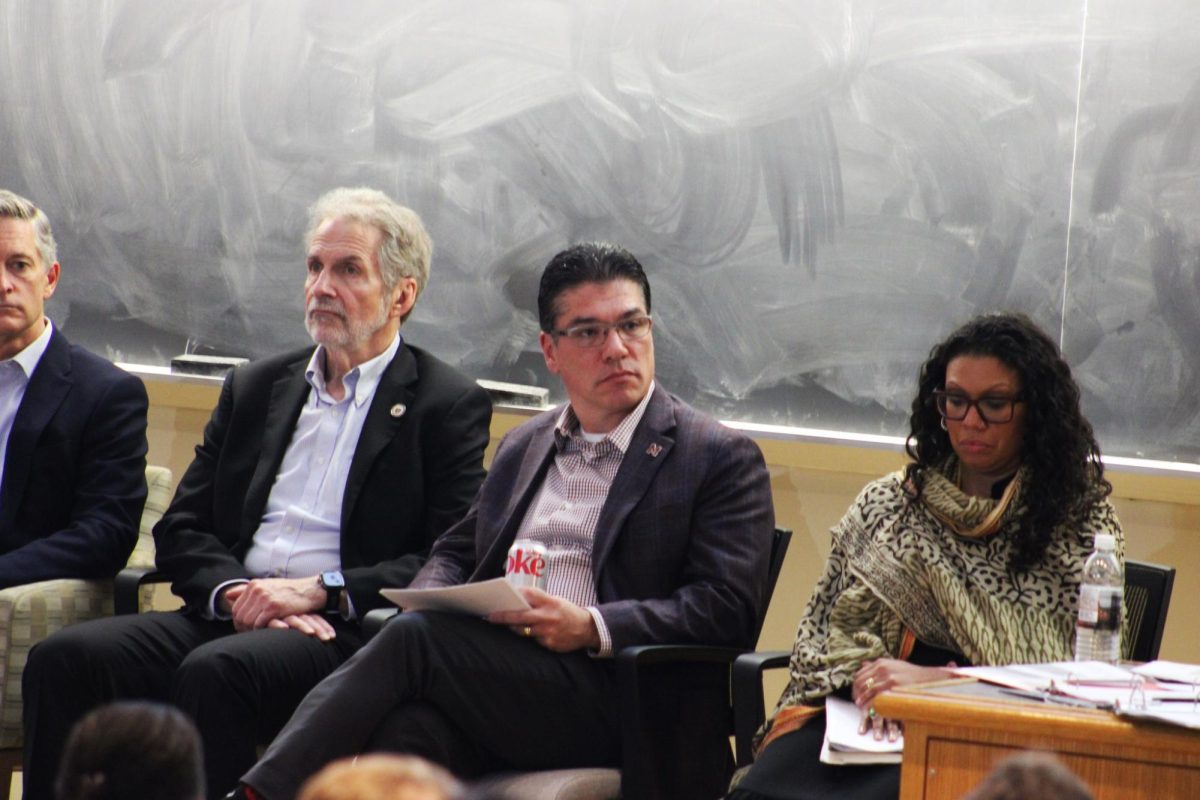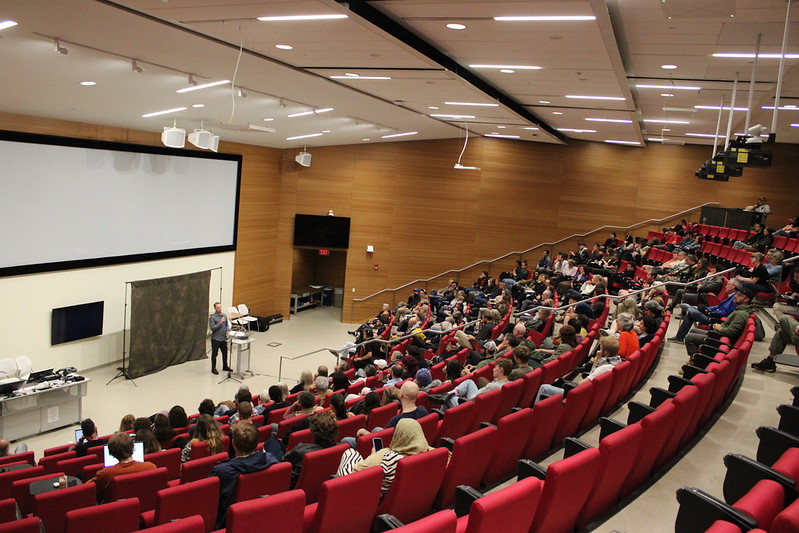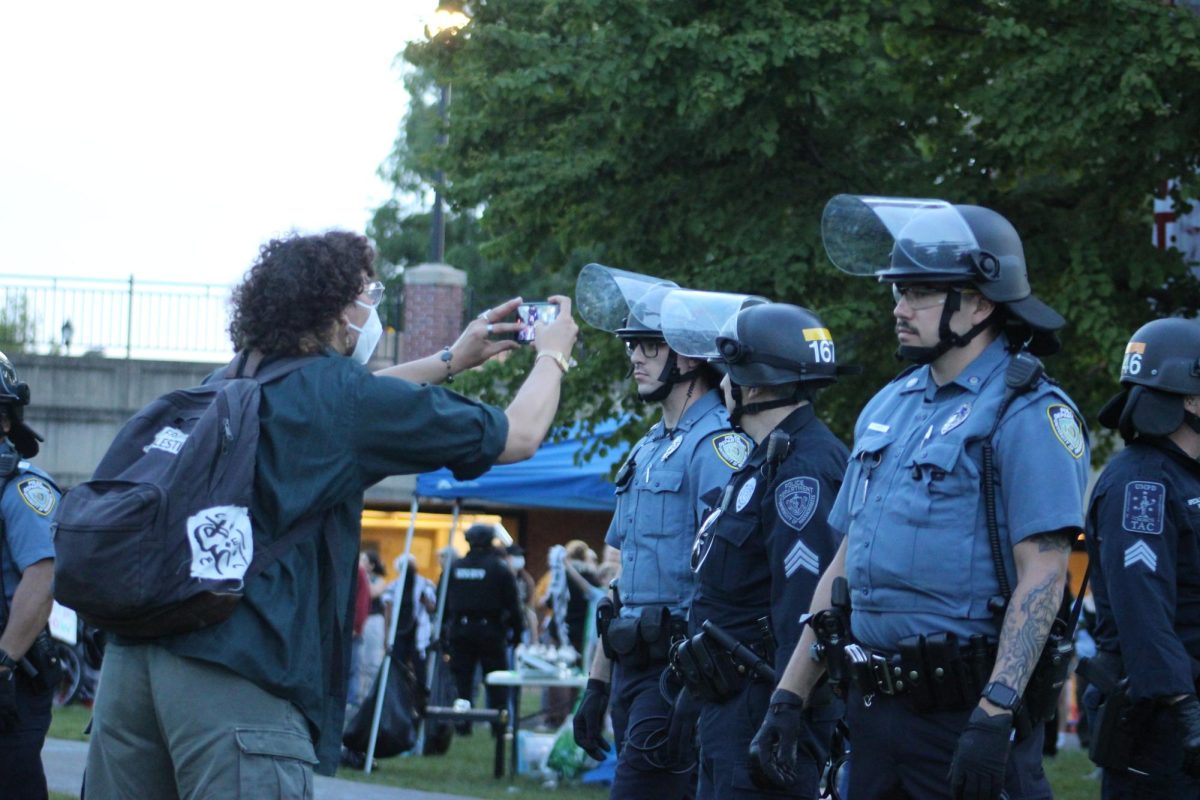NEW YORK – Home runs were up slightly, scoring was down a smidgeon and attendance soared.
The start of steroid testing with penalties didn’t seem to have an effect on sluggers during the first week of the season.
“Steroids and hitting, one has nothing to do with the other,” San Francisco outfielder Dustan Mohr said. “Stats are stats. You can’t argue with them. Guys should get more credit for the work they do in the offseason rather than someone accusing them of taking shortcuts.”
There were 2.22 home runs per game during the first week of the season. That’s up 2 percent from the 2.18 average opening week last year but well below the 2.74 in 2000, according to the Elias Sports Bureau, baseball’s statistician.
Albert Pujols and Scott Rolen of the St. Louis Cardinals hit four homers each, as did Adam Dunn of the Cincinnati Reds.
“I don’t think the steroid situation is going to limit the home runs being hit. The ballpark and the bats are the factors,” Dunn said. “If I’m on them, it’s not going to make me hit the ball any further, it’s not going to make me hit the ball.”
One thing’s for sure: The controversy over the use of performance-enhancing drugs didn’t keep fans away from ballparks, where attendance was at its highest level in three years.
Helped by a new ballpark in San Diego and better weather than last year, average attendance in the first week increased 11 percent to 31,252. That’s the largest first-week level since 2001’s average of 31,876.
“The end of last season was tremendous, the postseason was spectacular,” commissioner Bud Selig said Monday at the opening of Citizens Bank Park in Philadelphia.
“There was a lot of interest in the offseason, the debate about A-Rod,” Selig said. “Last year, on Sept. 1, there were 18 teams still in contention. This year, I think it’ll be around 20. As I like to say, there’s a lot of hope and faith out there.”
Baseball still is trying to reach its record average attendance of 31,612, set in 1993, before the 7 1/2-month strike that wiped out the World Series for the first time in 90 years. Last year’s average was 28,013.
The New York Yankees averaged 46,700 fans for their first four home games, while Houston – with former Yankees Roger Clemens and Andy Pettitte – averaged 42,300 for its first three.
San Diego had an average of 41,500 for its opening three games in Petco Park, and the Boston Red Sox extended their home sellout streak to 67 games.
The Yankees already have sold 2.98 million tickets and the Red Sox nearly 2.5 million. At the new ballparks, the Phillies have sold 2.3 million and the Padres 2.15 million.
“I think of it as a 10th player,” Philadelphia outfielder Doug Glanville said. “You love the feeling of all the people supporting you. It’s a lot more enjoyable playing in front of that type of crowd.”
As for the scoring, it declined 3 percent, from 10.03 runs per game to 9.71. But the overall major league batting average rose 2 percent, from .261 to .267.
“I don’t really worry or keep track of that,” Chicago Cubs slugger Sammy Sosa said. “I just try to get ready myself.”
So much for the idea that offense would drop significantly this year.
“The game is built on offense and it won’t drop,” Minnesota Twins manager Ron Gardenhire said. “The ball is harder, the bats are better, the guys are stronger. Everybody is looking for pitching to stop some of it.
“The offense isn’t going anywhere.”






